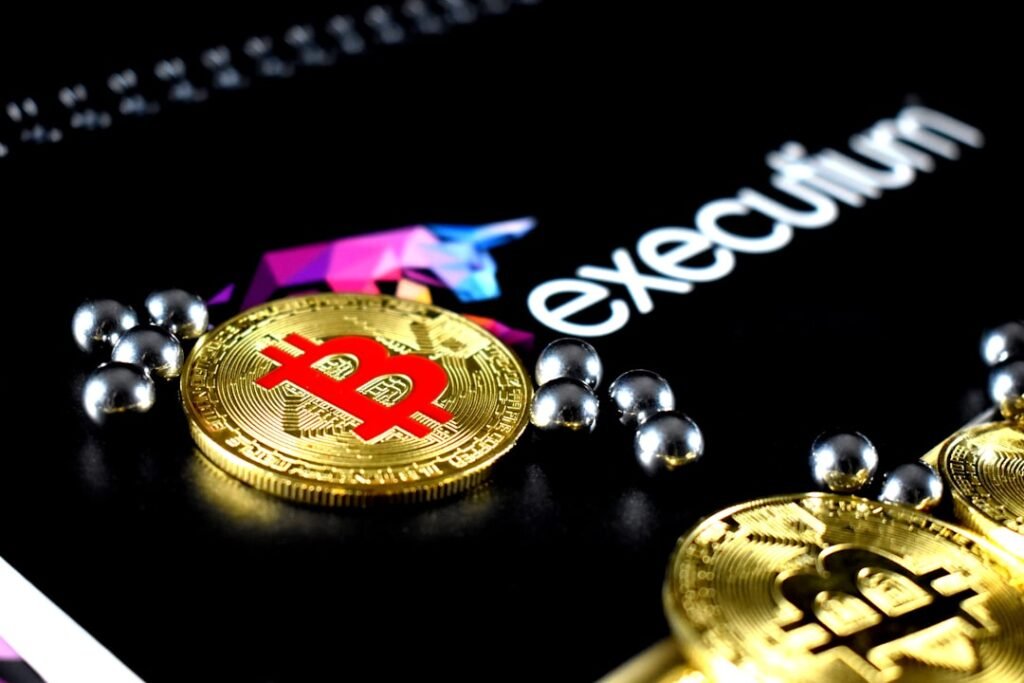Navigating the Minefield: Critical DeFi Security Risks Every Investor Must Know
Decentralized Finance (DeFi) promises revolutionary freedom from traditional financial intermediaries, but this innovation comes with significant risks. While platforms offer lucrative opportunities like yield farming and permissionless lending, the ecosystem is rife with vulnerabilities that have led to billions in losses. Understanding these threats isn’t optional—it’s essential for survival in the DeFi landscape.
🔥 1. Smart Contract Flaws: The Invisible Backdoor
At DeFi’s core are smart contracts—self-executing code governing transactions. A single coding error can be catastrophic:
- Exploitable Logic: In January 2022, TinyMan (an Algorand DEX) lost $3 million when attackers manipulated a flaw to drain its goBTC/ALGO pool. The exploit allowed draining tokens by abusing protocol functions.
- Audit Gaps: Many protocols skip rigorous audits. Professional code reviews by firms like Certik or Quantstamp are critical to identify bugs قبل launch.
- The DAO Precedent: The 2016 DAO hack ($50M loss) remains a stark reminder: complex logic creates attack surfaces.
Mitigation: Only use audited protocols. Check if audits are recurrent and from reputable firms.
🕳️ 2. Rug Pulls: The Exit Scam Epidemic
Rug pulls dominate DeFi crime, accounting for 37% of 2021 crypto scams. Here’s how they work:
- Token Creation: A developer launches "A Coin," holding 90% of the supply.
- Liquidity Pool Setup: They deposit 10% of tokens + collateral (e.g., 100M A Coins + 1 ETH).
- Hype & Dump: After social media shilling inflates demand, they dump their reserve tokens, draining ETH from the pool.
Mitigation:
- Verify locked liquidity (e.g., via Unicrypt).
- Avoid tokens with anonymous teams or unaudited contracts.
- Use tools like TokenSniffer to detect red flags.
⚖️ 3. Impermanent Loss: The Hidden Cost of Liquidity Provision
Liquidity providers (LPs) face impermanent loss when token ratios shift in pools:
- Mechanics: If you deposit Token A and Token B, and Token A’s price surges, arbitrageurs buy it from your pool. You end up with more of the depreciating token and less of the winner.
- Impact: In volatile pairs, LPs often lose more from imbalance than they earn in fees.
- Case Study: An LP providing ETH/DAI during ETH’s 100% rally could suffer 20%+ losses vs. holding.
Mitigation: Stick to stablecoin pairs or low-volatility assets. Use calculators like APY.vision to model risks.
⚡ 4. Flash Loan Attacks: Manipulating Markets in Seconds
Flash loans allow uncollateralized borrowing—if repaid in one transaction. Malicious actors exploit this:
- Borrow $10M of Token X via a flash loan.
- Dump Token X on a vulnerable DEX, crashing its price.
- Use the distorted price to borrow underpriced assets elsewhere.
- Repay the loan and pocket millions.
The Aftermath: Projects like bZx lost $8M in 2020 from such oracle manipulations.
Mitigation: Protocols should use decentralized oracles (e.g., Chainlink) and time-weighted pricing.
🔐 5. Reentrancy Attacks: Draining Contracts Dry
In this classic hack, attackers recursively call a contract’s withdrawal function:
- A malicious contract requests funds from a vulnerable DeFi protocol.
- Before the protocol updates its balance, the attacker’s contract re-calls the withdrawal function.
- The loop repeats, draining funds.
The DAO Hack Blueprint: This exact flaw caused the historic $50M loss.
Mitigation: Contracts should use checks-effects-interactions patterns and tools like OpenZeppelin’s ReentrancyGuard.
🧩 6. Complexity & Human Error: Self-Inflicted Wounds
DeFi’s steep learning curve amplifies risks:
- Wrong Addresses: Sending funds to an irreversible, incorrect address.
- Private Key Loss: Misplacing keys means permanent asset loss.
- Approval Exploits: Overly broad token approvals let hackers drain wallets.
Mitigation: Use hardware wallets, triple-check addresses, and revoke unused approvals via Etherscan.
⚖️ 7. Regulatory Avalanche: The Looming Threat
Governments are circling DeFi:
- The LBRY Precedent: The SEC’s victory against LBRY (ruled an unregistered security) sets a dangerous precedent for DeFi tokens.
- Global Crackdowns: From the EU’s MiCA to U.S. enforcement, compliance risks could freeze protocols or delist tokens.
Mitigation: Monitor regulatory developments and prioritize compliant platforms.
🛡️ Fortifying Your DeFi Strategy
Surviving DeFi requires proactive defense:
- Audit Everything: Never use protocols without multiple reputable audits.
- Diversify Risk: Avoid concentrating funds in one pool or protocol.
- Use Secure Tech: Hardware wallets (Ledger/Trezor) and multi-sig setups add layers.
- Verify, Don’t Trust: Check contract addresses on Etherscan, avoid phishing links.
- Stay Informed: Follow real-time threat alerts from platforms like DeFiSafety.
خلاصة القول
DeFi’s potential is immense, but its risks are equally formidable. From smart contract exploits draining millions in minutes to rug pulls vaporizing new tokens, the ecosystem demands vigilance. By understanding threats like impermanent loss, flash loan manipulations, and regulatory traps, investors can navigate DeFi’s promise without falling prey to its perils. The key isn’t avoiding DeFi—it’s entering with eyes wide open, fortified by knowledge and robust security practices. Your assets depend on it.












